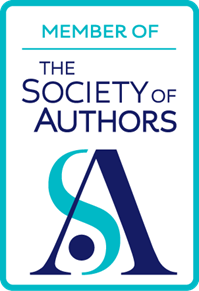Anyone who likes reading “gothic” stories or seeing gothic films will, I think, find this book interesting. It covers several areas, as follows:
Architecture, including the pointed arch and labyrinths.
The location, such as the village.
The Gothic Compass, which includes directions and also “cosmic horror” (oo-er!).
North • South • East • West • Planetary & Cosmic HorrorAnd Monsters, including the tentacle.
Scale • Splices • The Tentacle • Formless • Us
Being a Thames and Hudson publication it is, of course, wonderfully illustrated.
I should think this book provides some interesting background to reading and viewing anything in the gothic genre. As such, I believe it could be useful reading for teachers of English at Key Stage 3, in which the aims for reading include the following:
Pupils should be taught to:
develop an appreciation and love of reading, and read increasingly challenging material independently through:
reading a wide range of fiction and non-fiction, including in particular whole books, short stories, poems and plays with a wide coverage of genres, historical periods, forms and authors, including high-quality works from English literature, both pre-1914 and contemporary, including prose, poetry and drama; Shakespeare (2 plays) and seminal world literature
…
understand increasingly challenging texts through:
learning new vocabulary, relating it explicitly to known vocabulary and understanding it with the help of context and dictionaries
making inferences and referring to evidence in the text
knowing the purpose, audience for and context of the writing and drawing on this knowledge to support comprehension
checking their understanding to make sure that what they have read makes sense
read critically through:
knowing how language, including figurative language, vocabulary choice, grammar, text structure and organisational features, presents meaning
recognising a range of poetic conventions and understanding how these have been used
studying setting, plot, and characterisation, and the effects of these
(Reproduced under the Open Government Licence v3.0.
Here’s the link for it on the Thames and Hudson website:
If you found this article interesting, why not subscribe to my free newsletter, Terry Freedman’s Books Bulletin, for independent book reviews, interesting places to buy books, and other book-related matters?

